The National Archaeological Museum (Greek: Εθνικό Αρχαιολογικό Μουσείο, romanized: Ethnikó Archaiologikó Mouseío) in Athens houses some of the most important artifacts from a variety of archaeological locations around Greece from prehistory to late antiquity. It is considered one of the greatest museums in the world and contains the richest collection of Greek Antiquity artifacts worldwide. It is situated in the Exarcheia area in central Athens between Epirus Street, Bouboulinas Street and Tositsas Street while its entrance is on the Patission Street adjacent to the historical building of the Athens Polytechnic university.
 The Museum in 1893
The Museum in 1893The first national archaeological museum in Greece was established by the governor of Greece Ioannis Kapodistrias in Aigina in 1829. Subsequently, the archaeological collection was relocated to a number of exhibition places until 1858, when an international architectural competition was announced for the location and the architectural design of the new museum.[1]
The current location was proposed and the construction of the museum's building began in 1866 and was completed in 1889 using funds from the Greek Government, the Greek Archaeological Society and the society of Mycenae. Major benefactors were Eleni Tositsa who donated the land for the building of the museum, and Demetrios and Nikolaos Vernardakis from Saint Petersburg who donated a large amount for the completion of the museum.
The initial name for the museum was The Central Museum. It was renamed to its current name in 1881 by Prime Minister of Greece Charilaos Trikoupis. In 1887 the important archaeologist Valerios Stais became the museum's curator.
During World War II the museum was closed and the antiquities were sealed in special protective boxes and buried, in order to avoid their destruction and looting. In 1945 exhibits were again displayed under the direction of Christos Karouzos and Semni Karouzou. The south wing of the museum houses the Epigraphic Museum with the richest collection of inscriptions in the world. The inscriptions museum expanded between 1953 and 1960 with the architectural designs of Patroklos Karantinos.[2]
In 2023, the Greek government approved plans for a 20,000 square metre underground extension to the museum. The extension is expected to be completed by 2028 and will also feature a rooftop garden.[3]


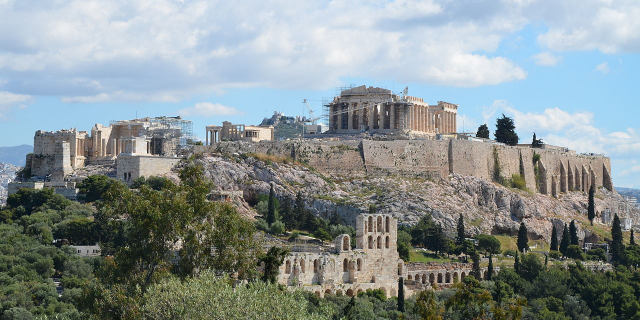

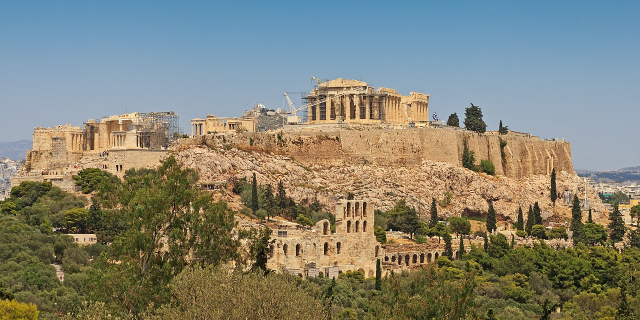




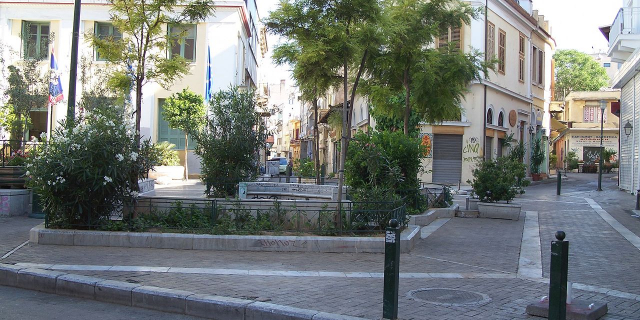



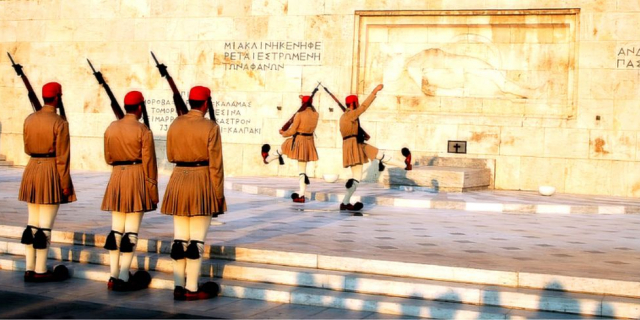


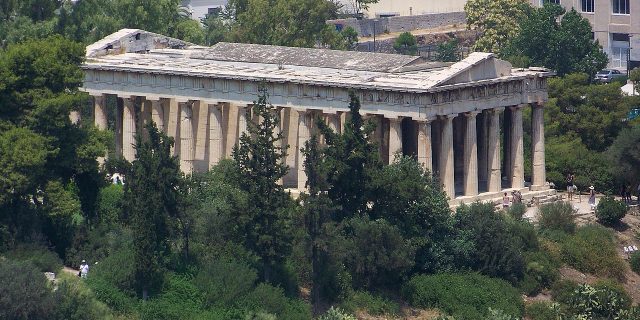

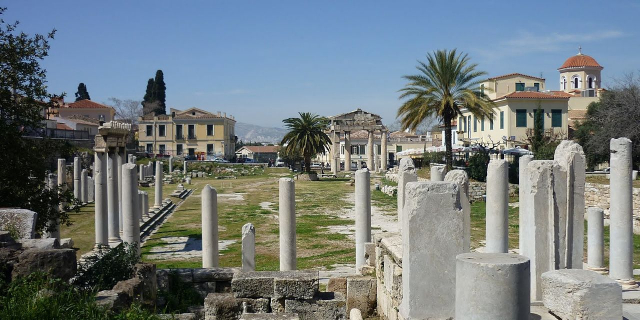
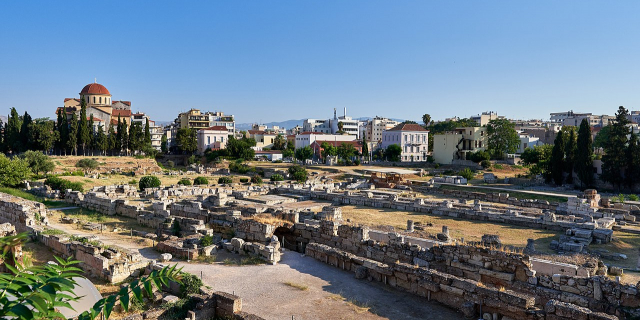
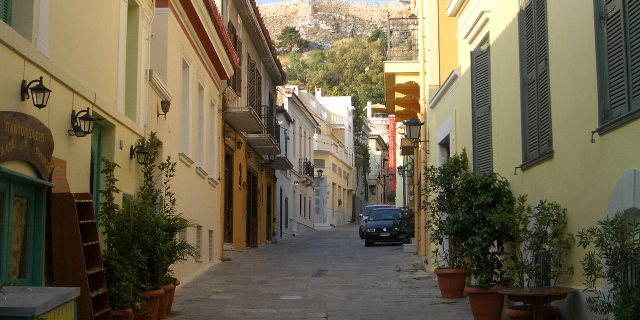









Add new comment